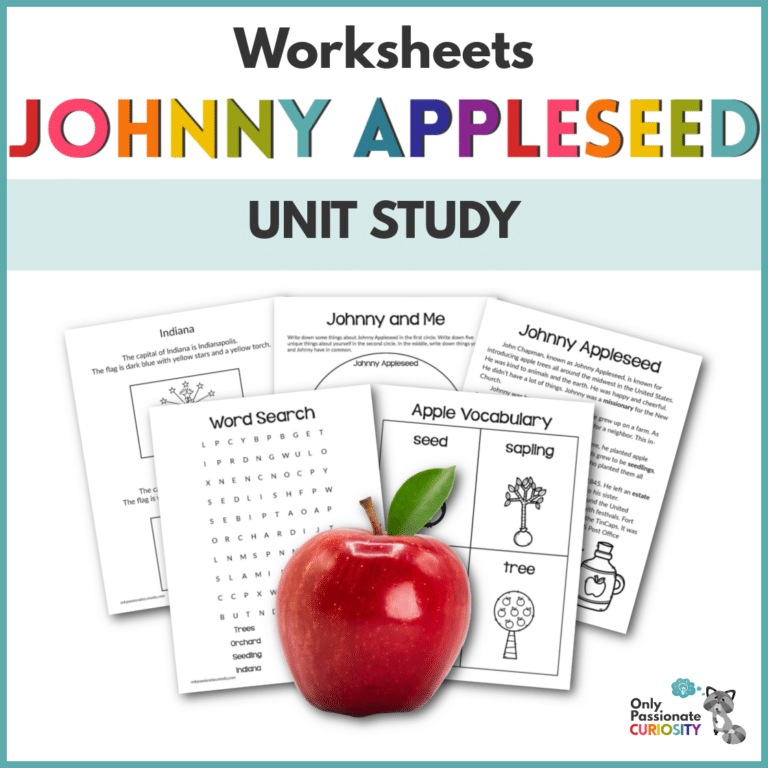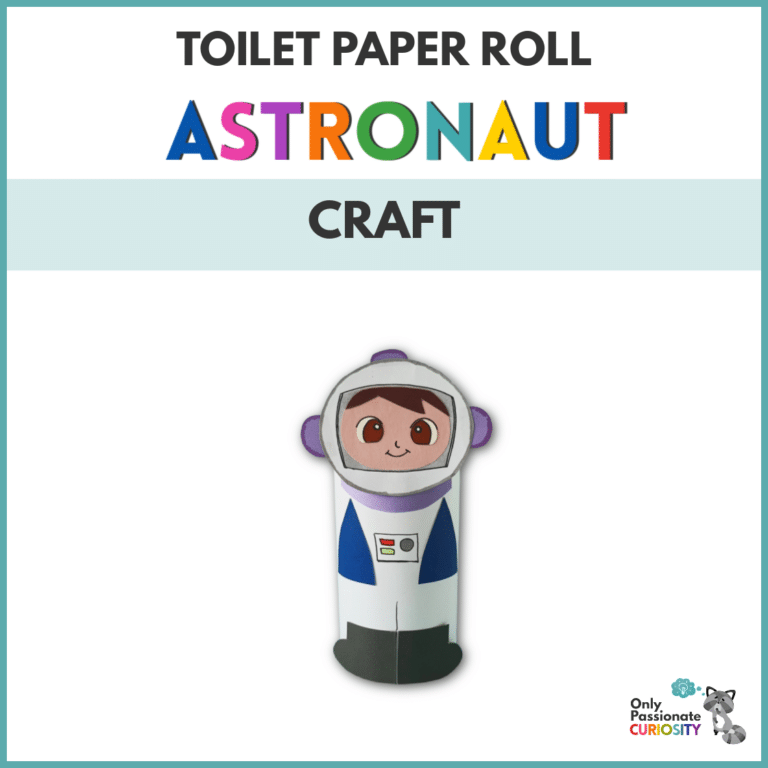Ask a Homeschool Mom: How do I start Homeschooling?
Every once in a while, I check my email, and there is a big, long email from one of you wonderful readers. I must have recieved dozens of these in the last couple years, and it’s funny, because they are all about the same. You’re ready. You made the decision to homeschool. You know in your heart that it is the right thing to do for your family right now. But….. You’re scared. Homeschooling is big, and scary, and new, and you have no idea on how to get started.
All the emails end about the same way- with a question:
“How do I start homeschooling? How do I choose my curriculum? How do I know where to begin? Help!”
And I answer all the emails about the same way. Granted, many people have specific questions about specific things, and I am happy to give opinions and help sort out if program ABC or CD is better for your situation (so, don’t be afraid to keep on emailing me 🙂 I don’t mind!) . . . but in general, all the answers are the same.
First, you get started homeschooling by taking a deep breath. It’s going to be okay. Really. Then get started…. each concept here is explained more in depth in other posts, I have linked them with the title of the step. This post is a good overview, but if you need more help with any one step, It’s all written out for you in the longer posts.
1. Discover your Child’s Learning Style
The first, and in my opinion, most important thing to get you started homeschooling is taking time to get to know your student. Sure, you know your kid well, but do you know how they tick as a student? Some kids are visual learners, others are auditory learners, and some kids need to move, to build, and to explore in order to learn.
Knowing how they learn will help you choose curriculum that will work best for them.
2. Discover your Teaching Style
What are your goals for your child’s education? Do you want them reading good literature? Do you want a focus on science and technology? Is it important for the bible to be a part of your curriculum?
How about your teaching style- do you want to have something scripted and laid out for you? Do you think worksheets or online classes would be best? How many kids do you need to teach, and how much time do you have for each child?
This is super important to determine- BEFORE you set off to choose curriculum. Homeschooling can be very expensive, if you aren’t careful. It also can be very inexpensive (see our free list) if you are willing to print your own materials, and work a little extra to schedule everything. Set a budget before you shop, in any case.
4. Set aside some time to “un-school” while Mom Researches
The summer time is a perfect time to transition to homeschooling, because you already have built in downtime. Even if you are transitioning mid-year, I would encourage you to take a little bit of extra time to do some research while the kids work independently.
Set them up with lots of books, craft kits, things to tinker with, online subscriptions…. something, ANYTHING, to give you some free time to research. They can learn in their down time, and adjust to their new way of life.
During this time, you can spend time researching curriculum (using the budget!) and make some big decision on what materials you’d like to use next year. Read reviews, ask around on message boards, and see if any local homeschoolers have materials on their shelves you can look at.
Once your materials have arrived, take some time to determine a schedule. Are you going to do science every day, or just twice a week? Are the kids working independently for any subjects, or are you teaching all of them?
Scheduling systems, and helps, like my Binder Task Card System, or From The Mrs. Task Jars can help kids stay on track even while working independently.
6. Start the New Routine Slowly
When you start, I typically suggest you start with only Math and Language Arts, for a couple weeks while you get used to teaching. And then slowly add in your other subjects.
7. Enjoy, and Adapt as needed!
Hopefully, by the time you have added in all your subjects, you’re on your way to being a seasoned pro. Keep in mind that the curriculum you bought is not the boss, and you can still adapt, and swap out materials as needed if something isn’t working. Do be diligent, and give everything a solid try, but don’t force yourself to keep using a program you hate.
8. Keep Reading this Blog
Okay, Okay, You don’t need me. But, I’d like if you keep reading. All this week, we’ll be sharing why our curriculum favorites over the last couple years have worked for us. I hope you come back to see the series!
Do you have a homeschooling question for us? It doesn’t matter if you’re considering homeschooling, are currently homeschooling, or are just curious about the lifestyle. We’d be happy to feature your question here. Email us at [email protected], or ask on our Facebook Page.









Excellent advice, I appreciate your suggestions, really can’t wait to try.